tips and tricks
JAVA JARGON
Decoding your coffee label.
WRITTEN BY KELSEY FITZGERALD
ILLUSTRATED BY GREG BRADY
If a walk down the coffee aisle leaves you feeling like an explorer in foreign territory, then maybe it’s time to learn a bit of the lingo. From Fair Trade French roasts to estate-grown Ethiopian Arabicas, here are some tips and terminology to help you find the perfect bag of beans.
Coffee 101
Begin by selecting a species: The two most common are the mild, aromatic arabica, and the slightly bitter (but higher in caffeine) robusta.
Next, consider the country of origin. Like fine wines, coffee beans from different regions are known for distinct flavors determined by the variety (subspecies) of plant, growing environment, and processing method. Narrow your search by selecting a roast: Lighter roasts retain more of the natural flavor of the beans; darker roasts reveal more of the taste of the roasting process.
Other terms you may encounter?
Single-origin beans were grown in one location (which could be a farm, region, or country). Estate coffees were grown on a single farm.
A package labeled direct trade indicates that the farmer sold directly to the coffee roaster, while the Fair Trade Certified label indicates that the farmer sold coffee at a set price through a cooperative.
Sustainably sourced
To assure consumers that their breakfast beverage does no harm to the people or environment of origin, other third-party certifications such as USDA Organic and Bird Friendly appear on many coffee packages. In most cases, farmers pay fees for certification.
Christian Waskiewicz, owner of Alpen Sierra Coffee Co. in Minden, uses certified organic beans in about 60 percent of his coffees.
“I look at the greater effect of coffee being the second-greatest traded global commodity, next to crude oil,” Waskiewicz says. “It has a mass impact.”
As an alternative to certifications, Hub Coffee Roasters’ owner Mark Trujillo travels to South and Central America for a firsthand look at growing conditions. The Hub specializes in what Trujillo calls “relationship coffee.”
“Our goal is simply to create a relationship with the farmer at origin,” Trujillo says. “We want to have a conversation with our customers: We know this farmer, we know the story.”
USDA Organic
Product contains at least 95 percent organic ingredients, is not genetically modified, and is grown without the use of prohibited chemicals.
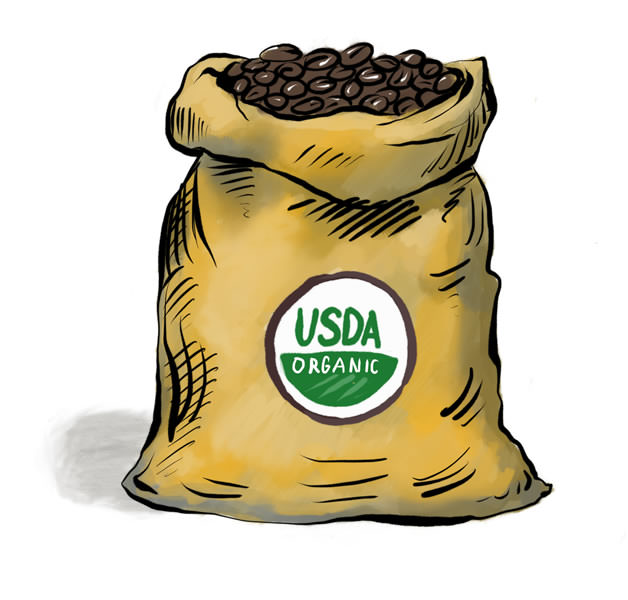
Fair Trade Certified
Farmers receive a set minimum price for coffee beans. Farms must meet environmental and safety standards.
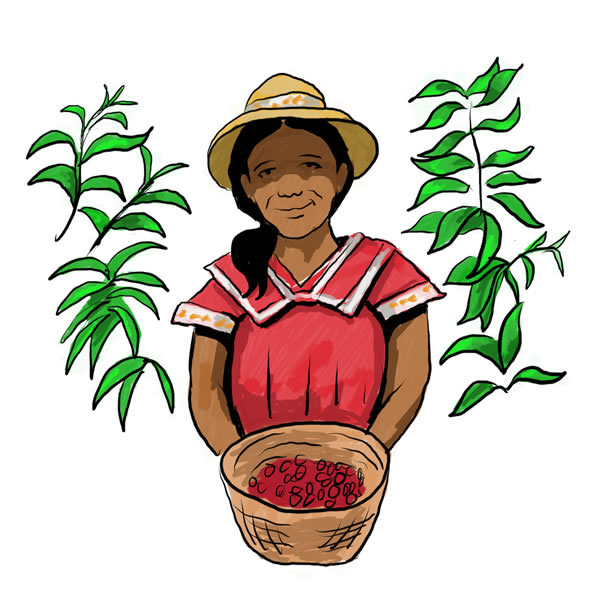
California Certified Organic Farmers
Product meets federal organic standards and was certified by California’s organic certification association.
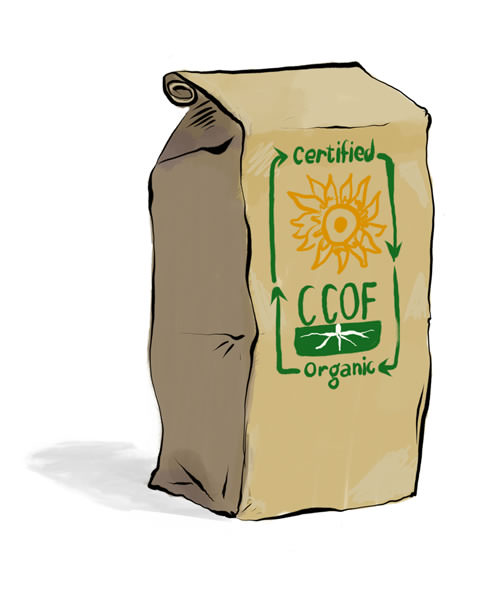
Rainforest Alliance Certified
Farms meet standards set to protect and conserve wildlife, soils, and waterways, and to ensure fair treatment of workers and communities.
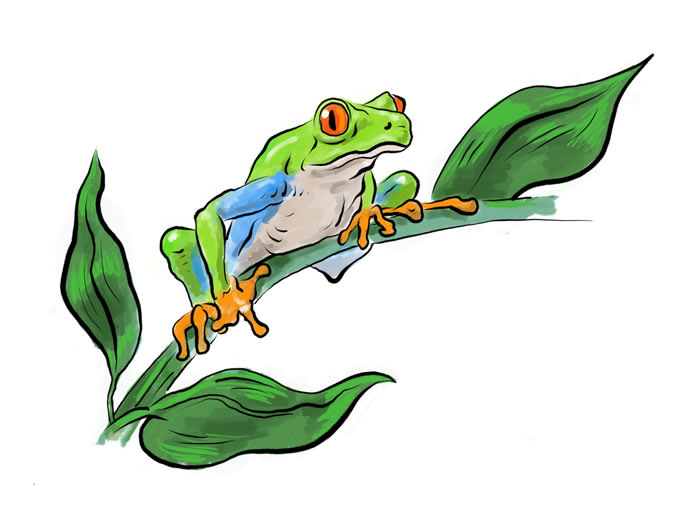
Bird Friendly (Smithsonian Migratory Bird Center)
Product is shade grown and maintains a healthy tree canopy for use by migratory birds. It’s 100 percent organic.
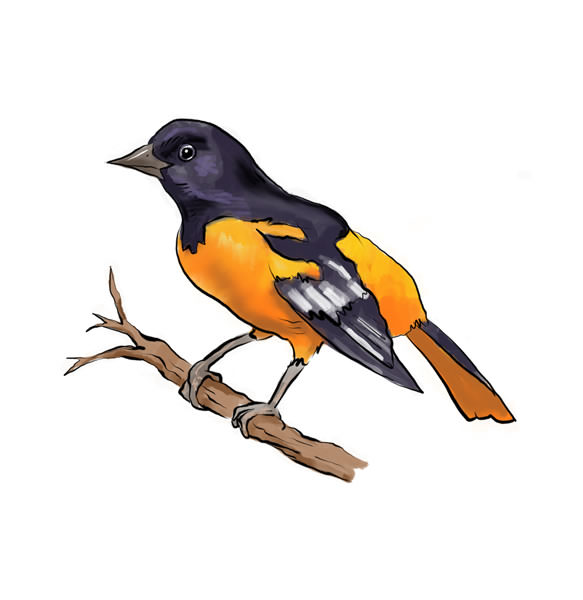
Non-GMO Project Verified
The genetic makeup of the coffee plant was not modified using gene splicing, gene modification, or transgenic technology.
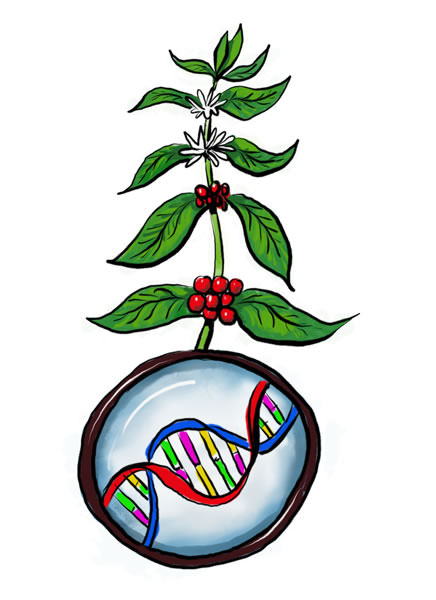
Mother to a lively four-month-old, Kelsey Fitzgerald has never before appreciated a quiet moment with a strong cup of coffee the ways she does today.
WRITTEN BY BARBARA TWITCHELL
PHOTOS BY JAMIE KINGHAM, JEN BRITTON, AND COURTESY OF CHAD AND ELYSA KLEIDOSTY


